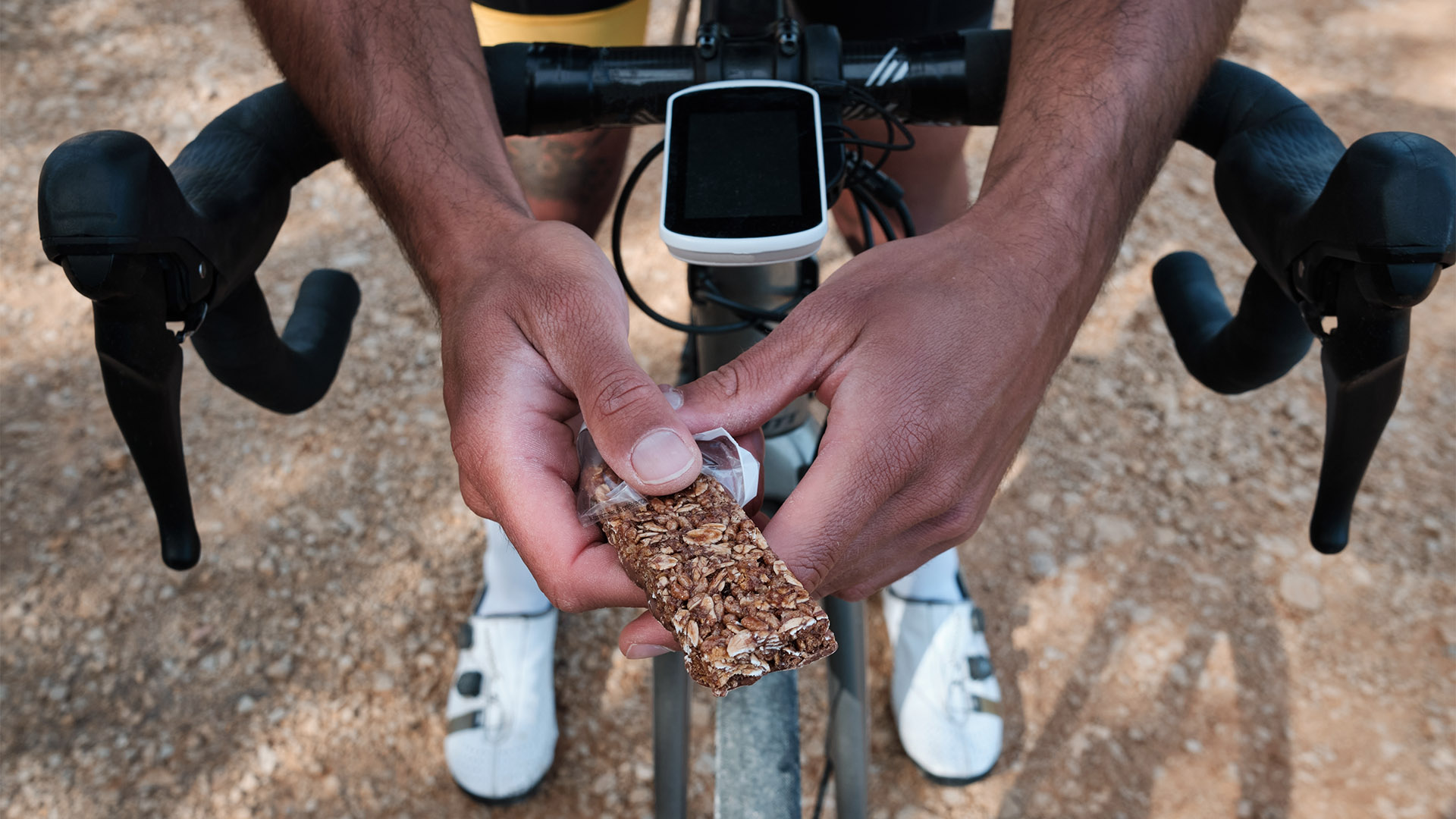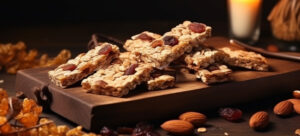Today, snack bars have emerged as versatile companions, providing a balance between convenience and health-conscious choices. In this article, we will explore the dynamic landscape of snack bars within the fitness realm, shedding light on the reasons behind their popularity, the nutritional considerations they bring to the table, and the evolving preferences of consumers in the pursuit of a fitter and healthier lifestyle.
The Impact of Modern Lifestyle on Meal Patterns
The modern lifestyle includes a long working day and changes in eating habits, which means that conventional meals and their frequency per day are greatly reduced. As a result, there is a constant demand for meal quality in terms of nutritional and functional profile. Furthermore, today’s lifestyle is increasingly accompanied by physical activities and sports for health support.
These activities are followed by body protection from mechanical stress and the potentially harmful effects of free radicals, whose production is reinforced during physical activity and can result in oxidative damage to macromolecules.
As a result, the market supply of products such as high-protein bars, created to increase muscle mass in athletes, is growing. When compared to other meal preparation times, these products efficiently refill nutrients and energy lost through physical activity right away.
While there is a large variety of high-protein bars available, most of them have the following ingredients: protein components (20–50 g of high-quality protein per 100 g of the product), sugars, other low-weight polyhydroxy compounds (like glycerol), alcohols (like sorbitol), lipids (like palm oil), vitamins, and minerals; very little water.
Is a Pre-Workout Snack Necessary?
Regardless of what time of the day you train, your body needs fuel to perform. Whether you choose to eat a pre-exercise meal or snack depends on how much time you have before your workout. If you exercise first thing in the morning and have an hour to spare, you can have a heartier breakfast like porridge, oatmeal, or eggs. A small food, such as a piece of fruit, a snack bar, or a dried fruit snack, would be a better choice, though, if you have less than an hour to get to your workout.
Qualities of a Good Pre-Workout Snack Bar
Your body needs energy to perform all the physical activities involved in the workout. Giving your body the food it needs to function at its best while avoiding additional calories that could lead to weight gain or water retention is the primary goal of pre-workout nutrition. As a result, when it comes to a pre-workout diet, a few essential nutrients are crucial.
Pre-workout snack bars are widely available, but not all have been produced equally. Some bars lack adequate protein to provide you with the energy you need for your workout, while others contain excessive amounts of sugar or other unhealthy ingredients.
Here are some things to look for in a good bar:
High-quality protein: A serving should contain at least 15 grams of protein which will assist in overeating prevention after your workout by keeping you full and satisfied.
For fitness enthusiasts, one of the biggest advantages of protein bars is their ability to offer a steady flow of energy all day long. Protein bars are a great option for maintaining energy levels during a workout and as a pre-workout snack due to their high protein and carbohydrate content.
Generally speaking, protein bars are far healthier than other snacks like candy bars or processed foods. They are higher in nutrients, lower in calories, and contain less sugar than regular snacks. Often fortified with vitamins and minerals, protein bars can be an excellent source of nutrients and protein to help you meet your fitness goals and fuel your body.
Low sugar content: A serving of most bars has about 10 grams of sugar, but some can contain 20 grams or more. This reduces it to nothing more than an elevated candy or chocolate bar. Search for bars with fewer than 5 grams of sugar per serving and avoid ones containing aspartame or sucralose, artificial sweeteners that have been shown to cause headaches.
A good mix of carbs and fats: Choose a bar that strikes a healthy balance between carbohydrates and fats to avoid blood sugar levels spiking too high or low during your workout. The best protein bars carb content will be from fiber, not refined carbs or sugars.
What to Eat After Pshycial Activity?
Protein is most effective post-exercise, ideally 30–60 minutes after your workout. A protein bar after a workout will help with muscle repair and growth while restoring energy resources.
You must, however, also take into account what is best for your body and yourself. It might be a good idea to have a protein bar before working out if you are feeling especially exhausted that day. Alternatively, if you’ve done an intensive workout and are feeling the heat, tucking into a protein bar afterward may provide your body with what it requires.
Energy bars supply your body with essential carbohydrates to fuel exercise. Eat an energy bar 30 minutes before your workout, especially if you work out before breakfast. Aim for 30–60 grams of carbohydrates per hour of activity, especially if you’re training for 90 minutes or more.
Your body stores fuel as glycogen in your muscles, which you will burn during exercise. Carbohydrates before exercise work as a starter motor, assisting your body in starting the process of burning glycogen.
Why Would I Require Energy After Working Out?
There are several compelling explanations. Consuming carbs after a workout restores your depleted energy levels, which promotes and accelerates muscle recovery. Actively fueling your recovery means you’re less likely to feel weary and grumpy later in the day. Also, you’re less likely to seek out fatty and sugary foods. Increasing carbohydrate intake also gives your body the best chance of recovering and sustaining itself.
In conclusion, snack bars, particularly high-protein bars, have emerged as essential friends in the quest for a healthier and fitter lifestyle. This article delves into the dynamic relationship between modern lifestyle patterns, the demand for nutritional performance, and the expanding popularity of snack bars in the fitness industry.
Leading image: katyapulka/Shutterstock.com





